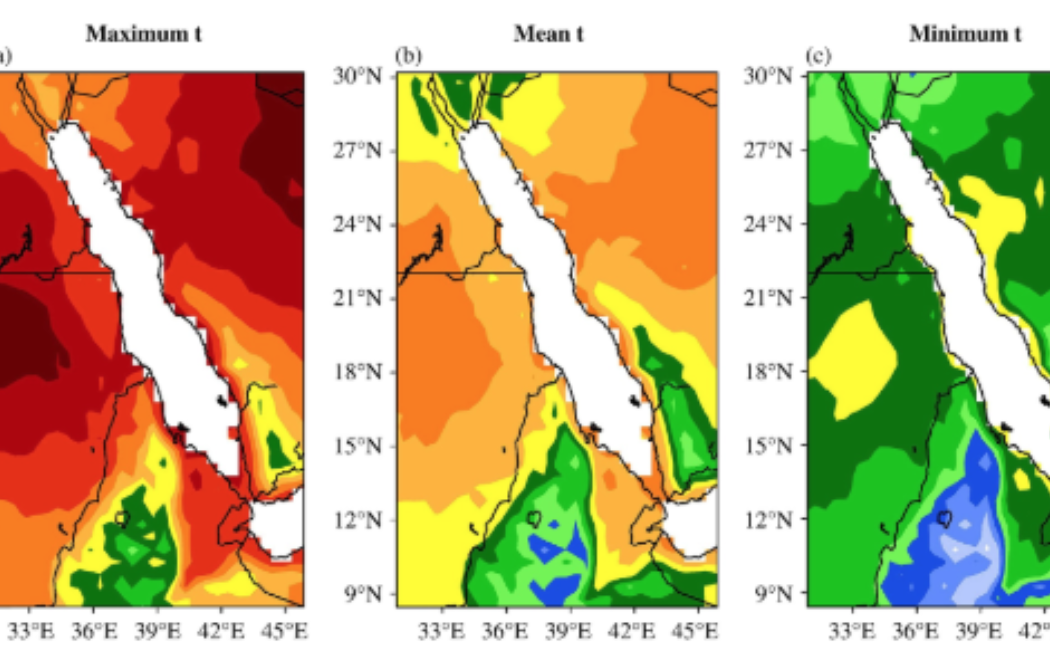


03 December, 2016
KAUST researchers have advanced the understanding of the Red Sea's climate by using an advanced numerical weather model to reconstruct regional climate data at finer spatial and temporal scales than ever before. This model, the WRF-ARW system, integrates low-resolution global data with local satellite and in situ observations to generate high-resolution climatic data for the Red Sea region, spanning from 2000 to 2014.
Ibrahim Hoteit, Associate Professor of Earth Science and Engineering at KAUST, commented on the breakthrough, saying, “The study generated and validated much-needed high-resolution atmospheric and wave datasets for the Red Sea and adjoining region. These high-resolution datasets more accurately describe the regional climatic features of this region than available global products.”
This new data helps identify key climatic features like temperature variations, the evolution of the Red Sea Convergence Zone, and conditions for rain and cloud formation, which influence local ecosystems and weather patterns. The research is crucial for understanding the Red Sea's circulation, marine biodiversity, and ocean surface processes.
🔗 Read more on KAUST Discovery
References